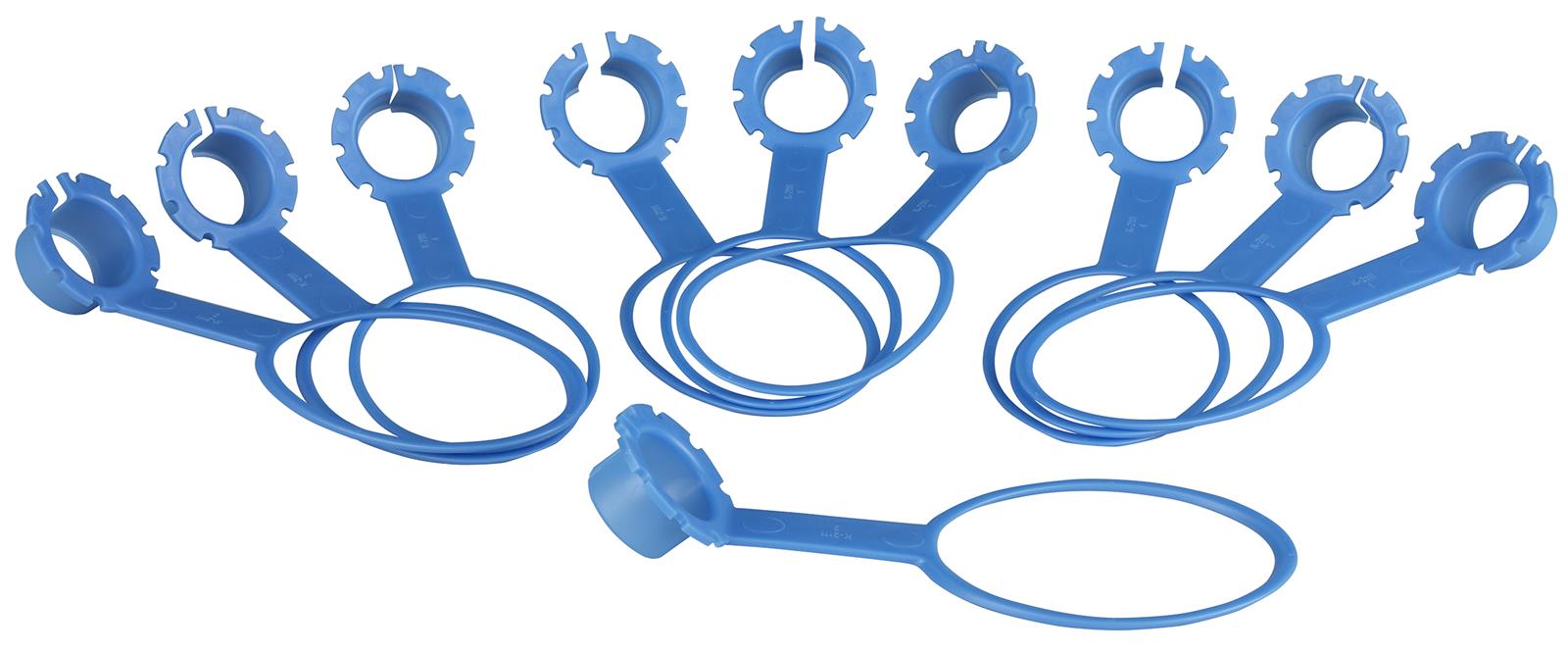I'm replacing a front CV Axle on my Buick LeSabre. I've read many posts and watched more than few YT videos.
I've seen a few where the mechanic sprayed the hub/splines with a light coat of copper anti-seize. Some have also used grease.
The install booklet (Yes, actually read that also) says never use any grease on the "splines". Soooo....
When installing an axle (splines) into a hub (splines) what is a good practice? Thoughts on this subject? Thanks!
I've seen a few where the mechanic sprayed the hub/splines with a light coat of copper anti-seize. Some have also used grease.
The install booklet (Yes, actually read that also) says never use any grease on the "splines". Soooo....
When installing an axle (splines) into a hub (splines) what is a good practice? Thoughts on this subject? Thanks!



